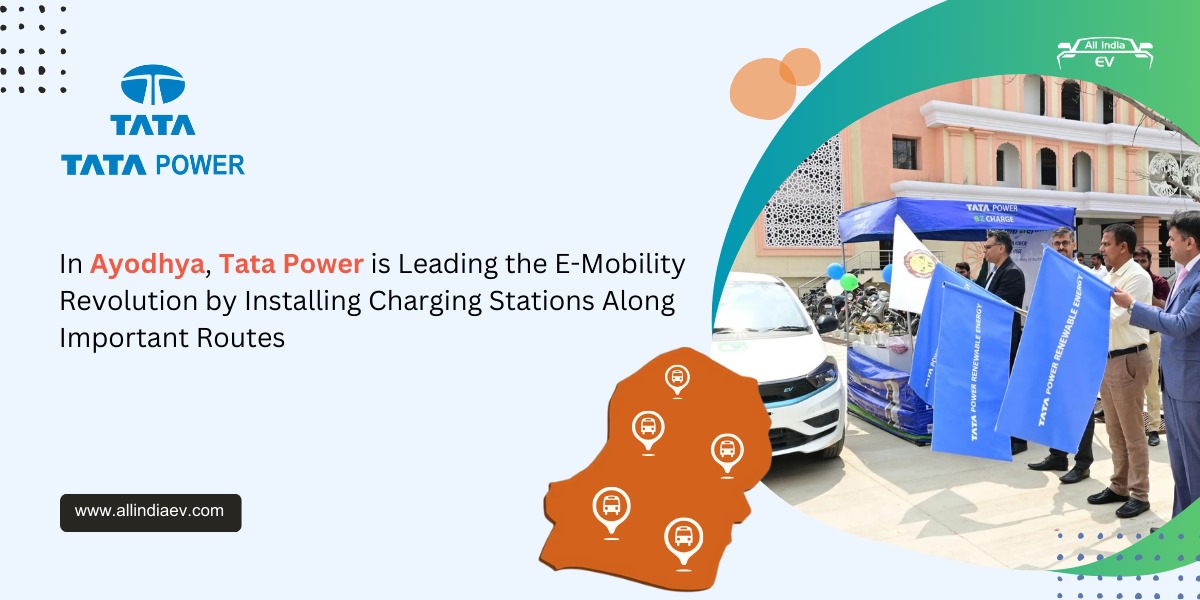
Motor Controllers for EVs Part 1
Electric vehicles (EVs) are becoming more popular and affordable as they offer many benefits such as lower emissions, higher efficiency, and lower maintenance costs. However, designing and controlling the electric motors that drive the EVs is not a trivial task, as it requires a balance between performance, reliability, and cost.
What is a motor controller and why is it important?
A motor controller is a device that regulates the power flow from the battery to the electric motor, and controls the speed, torque, and direction of the motor. The motor controller also performs other functions, such as regenerative braking, fault detection, and communication with other systems in the vehicle.
The motor controller is important for several reasons:
It affects the energy efficiency and driving range of the EV. A well-designed motor controller can minimize power losses and maximize the utilization of the battery energy, thus extending the driving range and reducing the charging frequency of the EV.
It affects the performance and drivability of the EV. A well-designed motor controller can provide smooth and precise control of the motor speed and torque, thus improving the acceleration, deceleration, and handling of the EV. It can also enable the use of advanced motor technologies, such as brushless DC motors (BLDC) or permanent magnet synchronous motors (PMSM), which offer higher power density, efficiency, and reliability than conventional motors.
It affects the safety and reliability of the EV. A well-designed motor controller can detect and protect the system from faults, such as overcurrent, overvoltage, overtemperature, or short circuit, and prevent damage to the battery, the motor, or the vehicle. It can also comply with the functional safety standards and regulations, such as ISO 26262, that apply to the automotive industry.
Importance of Controller Design for EVs
Controller design for EVs is crucial to ensure that the motor operates efficiently and effectively. The controller is responsible for regulating the power supplied to the motor, which affects its speed, torque, and efficiency. A well-designed controller can ensure that the motor operates at its optimal point, which maximizes its efficiency and extends its lifespan. Additionally, the controller can help prevent damage to the motor and other components of the EV by regulating the power supplied to them.
Ensuring Optimal Motor Performance
To ensure optimal motor performance, the controller must be designed to meet the specific requirements of the motor and the EV system. This involves considering factors such as the motor type, battery capacity, and driving conditions. The controller must also be designed to provide stable and accurate control of the motor, which requires a thorough understanding of the motor’s characteristics and behavior.
Several techniques can be used to design controllers for EVs, including:
Sliding mode control: This technique involves designing a controller that can handle uncertainties and disturbances in the system. It is particularly useful for EVs because it can provide stable control even in the presence of varying driving conditions.
Fuzzy logic control: This technique involves designing a controller that can handle imprecise or uncertain information. It is useful for EVs because it can provide stable control even when the system’s parameters are not precisely known.
Incremental model control: This technique involves designing a controller that can handle the nonlinear behavior of the motor. It is useful for EVs because it can provide stable control even when the motor’s behavior is not precisely known.
The main power electronics components in the motor controller are:
Inverters: Inverters are the components that convert the DC voltage from the battery to the AC voltage for the motor. Inverters use switching devices, such as metal-oxide-semiconductor field-effect transistors (MOSFETs) or insulated-gate bipolar transistors (IGBTs), to modulate the DC voltage into a pulse-width modulated (PWM) AC voltage. The frequency and amplitude of the PWM AC voltage determine the speed and torque of the motor.
Converters: Converters are the components that convert the AC voltage from the motor to the DC voltage for the battery, or vice versa. Converters use diodes or switching devices to rectify or invert the AC voltage into a DC voltage. Converters are used for regenerative braking, which is the process of recovering the kinetic energy of the vehicle and storing it in the battery, thus improving the efficiency and range of the EV.
DC-DC converters: DC-DC converters are the components that convert the DC voltage from one level to another, such as from the high voltage of the battery to the low voltage of the auxiliary systems, or vice versa. DC-DC converters use switching devices and inductors or capacitors to step up or down the DC voltage. DC-DC converters are used to optimize the power distribution and utilization in the EV.




